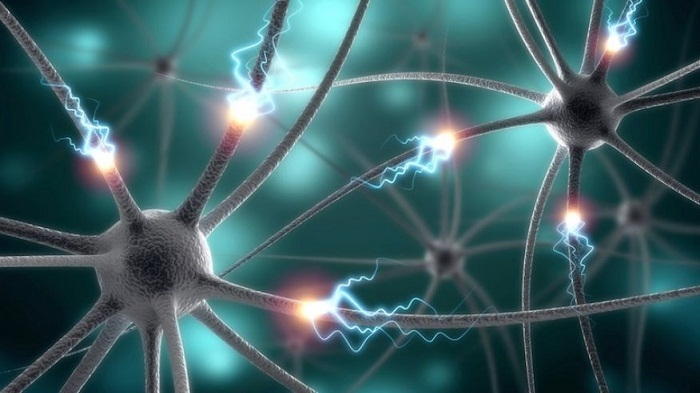The researchers then examined whether they could find differences between the older brains and the younger ones by looking at the level of their expression of certain genes, meaning which genes were "turned on" and "turned off."
They found that, with age, certain types of brain cells called glial cells showed a shift in their gene expression patterns in certain regions of the brain. In contrast, no such change was seen in the brain`s neurons, which are the "signaling cells" of the brain. Glial cells provide support for neurons.
What`s more, when the researchers looked at whether the gene expression pattern inside the different types of cells could be used to predict a person`s age, they found that the gene expression levels of glial cells were most strongly linked with a person`s age.
"These findings reinforce a growing body of evidence implicating [glial cells] in aging," the researchers, from the University College London, wrote in the Jan. 10 issue of the journal Cell Reports.
Some of the biggest shifts in glial-cell gene expression were seen in the hippocampus (which is involved in memory) and the substantia nigra (which is involved in movement).
Because these two brain areas are also affected in people in the early stages of Alzheimer`s disease and Parkinson`s disease, the study may provide insights into the roles that glial cells may play in these age-related diseases, the researchers said.
"We believe that our data, and computational approaches, provide a powerful resource for further study of the cellular and molecular changes taking place during human brain aging, and provide insights into the pre-clinical cellular phase of dementia," the researchers said.
Still, more research is needed to better understand the cellular changes seen in the study, and how glial cells and neurons interact during aging in general and in people with age-related diseases, they said.
More about:
















































